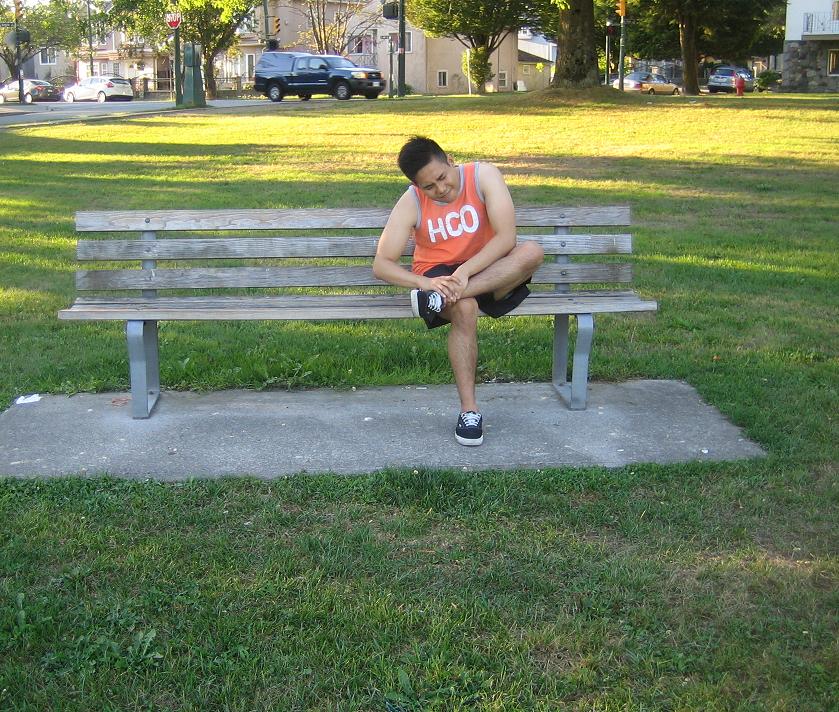Posterior heel pain can be triggered by various causes. It is characterized as pain behind the heel, not below.
Common causes of posterior heel pain
Retrocalcaneal bursitis
There are a number of bursa at the back of the heel bone that protects the area that is exposed. Oftentimes, these bursas can end up irritated which leads to bursitis, inflammation and posterior heel pain.
Achilles tendonitis

Achilles tendonitis is a common diagnosis of swelling in the tendon in the rear part of the ankle. In most circumstances, the pain is felt directly over the tendon but can also occur at the area where the tendon connects to the heel bone (calcaneus). Degenerative changes such as small-sized tears inside the tendon and deposits of calcium inside the tendon can add up to this problem.
Calcaneal spur
The development of a bone spur usually takes a long time at the insertion of the Achilles tendon in the back part of the heel. The bony protrusion can enlarge over time and often called as a “pump bump”. The additional bony growth can irritate the adjacent tissues and result to bursitis of the neighboring bursa.
A verdict of the exact reason for posterior heel pain can be hard since it is not unusual for these findings to coincide. A good example is an individual with a bone spur in the calcaneus which might also have bursitis in the same area. Due to this, these diagnoses must be carefully considered so that appropriate treatment for posterior heel pain can be given.
Other possible causes of posterior heel pain that must be considered include stress fractures of the calcaneus or plantar fasciitis.
Management
Many individuals who experience posterior heel pain can utilize simple non-surgical measures. It is vital to fully understand the exact cause of the symptoms of pain before starting any treatment. With this in mind, treatment should only be started once the doctor has given a diagnosis.
One of the commonly used treatment measures for these conditions is mild stretching of the Achilles tendon and the plantar fascia. By giving emphasis on the mobility of the hind foot, most of these conditions can improve with simple non-invasive treatment.

